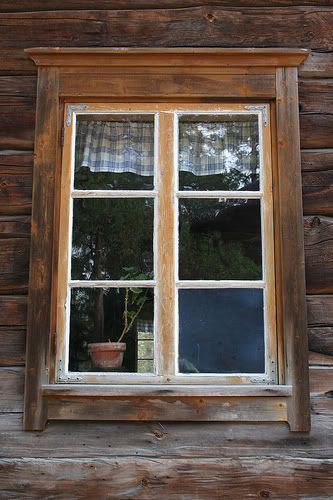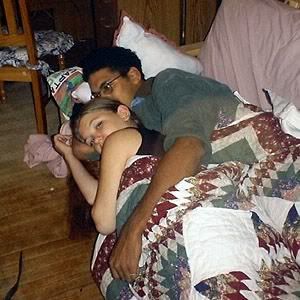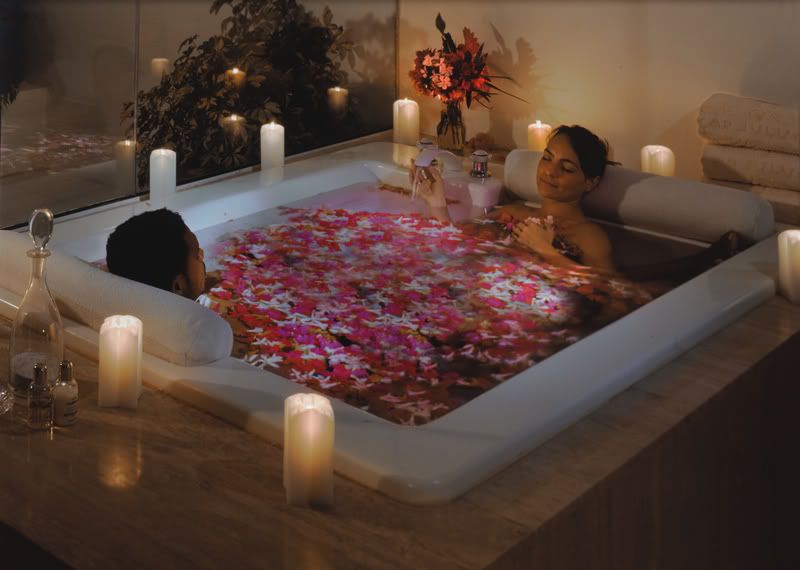 (Warning: This one is really long, rather unquirky, and rather dry/serious in content, but I'm posting it anyway. Hey, we all need to know how to stay warm! I skimmed the original material to get it here and now you should just skim my skimmed bits to get the incredibly watered down version...)
(Warning: This one is really long, rather unquirky, and rather dry/serious in content, but I'm posting it anyway. Hey, we all need to know how to stay warm! I skimmed the original material to get it here and now you should just skim my skimmed bits to get the incredibly watered down version...)
Just like Google has become an icon of the internet world, Wikipedia has its own set of growing resources that have engulfed the world of 'research'. Type in just about anything common or historical and you're bound to get a result from Wikipedia within the first few pages, usually within the first few results themselves. Although, I must say, it hasn't gotten 'quite' large enough because Firefox's new automatic spell check recognizes Google, but not Wikipedia, lol.
One of Wikipedia's many branches is WikiHow. It's far less likely to come up in search results, but for weirdos like me who get updated via an RSS feed that tells me when new articles are entered, it's still rather common. It was added on a whim several months ago and I rarely click the links that it spits out to me, and even more rarely do I actually read something that's written there even when I click the link.
Oddly enough, the last link I clicked was How to Stay Warm at Home Without a Heater. Don't ask me why because I have plenty of heat here (sometimes too much). Maybe it's because I'd recently read an article in our local paper about how to get financial assistance for electricity. Maybe it was because I was curious how many things you could do within your own home to keep warm. Maybe it was because I accidentally clicked the link when scrolling down the page, and it kept my attention long enough to skim through it. Who knows? Doesn't really matter...
Surprisingly enough, it took me down a random memory lane trip as I saw things that we'd done for years. While living in old houses, they are rather drafty, and even though we had heat, we had to do what we could to seal off those windows and seams in the floors/walls or it would've cost a fortune to heat. We even sealed off rooms at times because it'd get so cold...and if you want another tidbit, I can remember us having a wood stove that we lived off of instead of actual gas or electric heat, so you can imagine what kind of hassles we had trying to heat more than a small space (and that place was fairly large, 2 stories, and several rooms, so it was impossible to heat completely with just a wood stove....and why even try to spread the heat that far when we could scrunch it up into a small place and be more comfortable/warmer?)
The standard put plastic on the windows, seal doors tightly, close off spare rooms wasn't what really caught my attention, though. Note that it takes me longer to describe a few thoughts that go through my head at the time than it does for 100x that many to actually fly through. And now I'm going to list a few that jumped out to me, quirky or not:
Dress warmly. You should wear slippers or socks. Dress in layers, especially with wool or cotton clothing. Wear a hat. Don't wear your winter coat or you will have nothing else to put on when you go outside. When you are sitting still put on a blanket.Duh, right? Well, not exactly. The part that I want to point out is that the writer was aware enough to point out to people that they shouldn't wear their winter coat inside to keep warm. It might seem like the first logical thing to do is to bundle up, but you've gotta have something left to add on top if you need to go outside, and people sometimes forget that.
 Find a pet or friend to snuggle with. The living body of any warm-blooded being is a furnace unto itself. Hehe. This one only stood out because of the picture. I thought it was cute.
Find a pet or friend to snuggle with. The living body of any warm-blooded being is a furnace unto itself. Hehe. This one only stood out because of the picture. I thought it was cute.- Fill a large pot with water and let it simmer. The rising steam will keep your house amazingly warm.
- Take a hot shower or bath and use oil or lotion on your skin when you get out. It's almost like putting on another thin layer of clothing.
- Leave the warm water in the bathtub. It's like having a 25-40 gallon hot water bottle in your house.
 (These two are being very resourceful by not only having the hot bath, but also using each other's body heat 'and' candles...nicely done)
(These two are being very resourceful by not only having the hot bath, but also using each other's body heat 'and' candles...nicely done)If the air is too cold when you're trying to sleep, consider rigging a makeshift cloth "tent" over your bed. Your own breathing will warm up the inside of the tent very quickly. There's a good reason those antique beds had roofs and curtains...That's kinda neat. I knew the concept of using your own breathing warmth obviously....it's the same effect from using a scarf or cupping your hands over your face and breathing. I hadn't considered the antique bed thing, though...I wonder how much truth there is to that and what other reasons they had for building them this way.
Take advantage of solar energy; place a dark rug in sunny areas of your house during the day to absorb the sun's heat.Good idea...but just how long could a dark rug actually hold any extra heat? :S

Microwave socks or small homemade "pillows" filled with rice, dried corn, or beans for one minute in the microwave and use as a heating pad or bed-warmer (if you don't have a microwave, use a hot water bottle).They mentioned a hot water bottle in another one, which is great, but again, where are they getting the resources to heat the water? Regardless, I like this idea. I recently discovered the little packets that they sell to keep in your pockets as hand warmers (you can tell I'm not from around this area....yeah, it gets cold in other places I've lived, but these people are prepped for this craziness here, lol)....and this is the same idea, but much cheaper.
- If you can afford it, leave other heat-producing appliances on, such as computers/monitors or strong lamps.

After cooking, leave the oven door open to let the heat escape and warm up the area of the room around it. (~edit~ I'm going to mention the dryer here, too....open it up and enjoy the warmth)We do this! Along with a couple of the other things they mention doing, this is definitely one that we practice on a regular basis. When I was younger, though, and back to that whole wood stove period we tried (it definitely had its advantages and disadvantages, to say the least), I can remember Mom fixing cinnamon rolls or brownies in the oven, and sitting in front of it to warm my hands....even if it wasn't that cold, it was still nice to just chill out (uh, warm out?) in front of the stove in the early mornings before school or right before bed at night. Everybody say 'awwww' at the warm, fuzzy moment.
And in their warning section, two worth passing on just in case you don't go skim the list yourself:
Heating methods that increase air moisture (bathtub, humidifier) might encourage mold growth and condensation damage. Regularly check behind furniture that's standing against outside-facing walls, and around windows.
Be aware that the more you seal off air circulation to the outside, you increase the possibility of a dangerous buildup of carbon monoxide in the air -- especially if you use natural gas or propane in the home. Be sure to install a carbon monoxide detector if you don't have one already. If you do, be sure to test it on a regular basis.
 There are a few more to pay attention to, but I really wanted to stress these. Mold can make you sick and if you don't know it's there, then you could continuously be getting sick....which is going to make it harder for you to be able to stay warm in the first place. And as for the carbon monoxide bit, very, very important. I had a teacher from my earlier childhood who died after falling asleep in her car in her garage and it's definitely made me more aware of carbon monoxide dangers. Consider this my public announcement....hey, it's my blog and if I want to be serious every now and then, so be it. :P
There are a few more to pay attention to, but I really wanted to stress these. Mold can make you sick and if you don't know it's there, then you could continuously be getting sick....which is going to make it harder for you to be able to stay warm in the first place. And as for the carbon monoxide bit, very, very important. I had a teacher from my earlier childhood who died after falling asleep in her car in her garage and it's definitely made me more aware of carbon monoxide dangers. Consider this my public announcement....hey, it's my blog and if I want to be serious every now and then, so be it. :P(And fyi, I actually wrote this yesterday morning, but I didn't want it to be at the top of my blog because it wasn't as fun as some of my other posts, lol)


.png)



Post a Comment